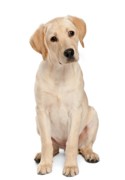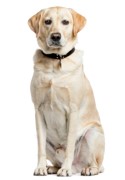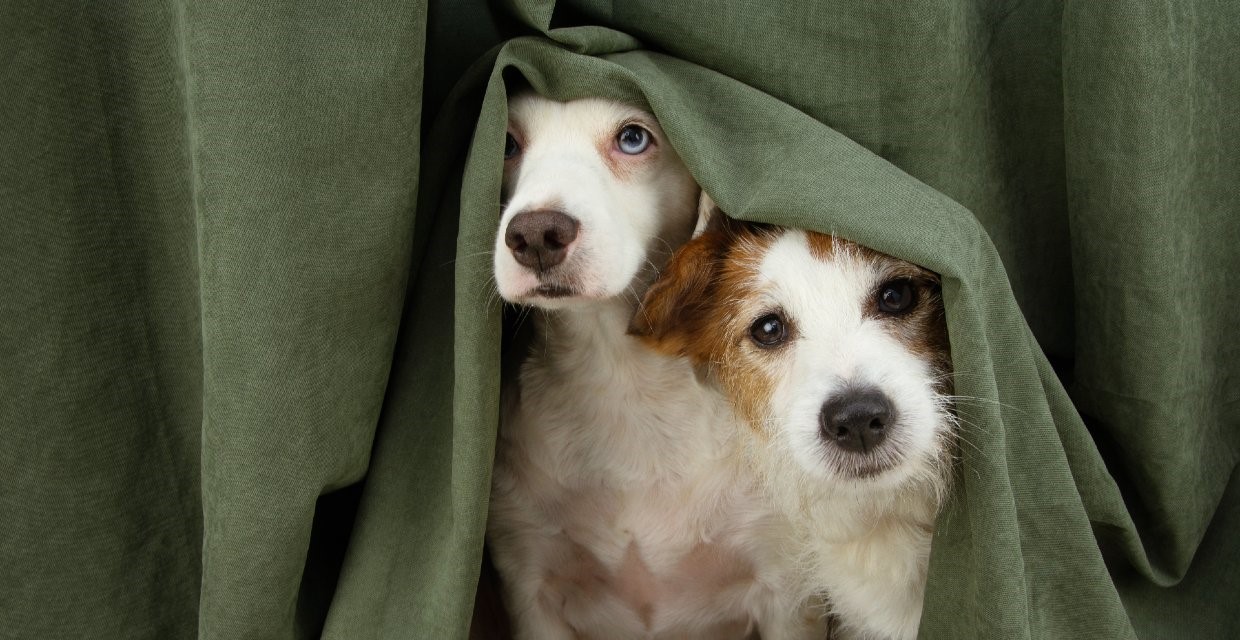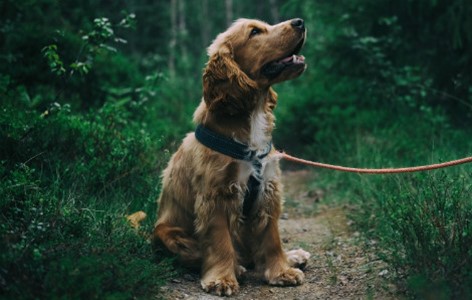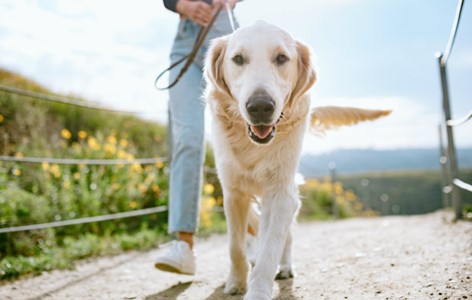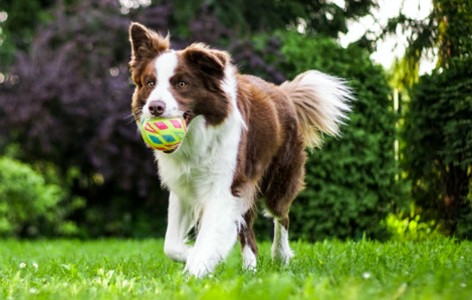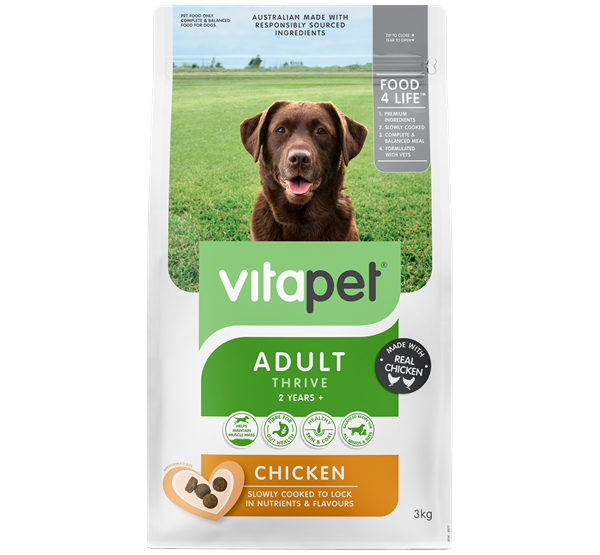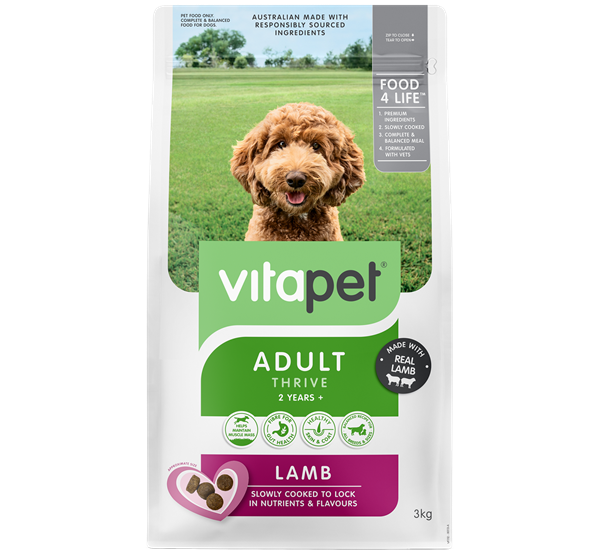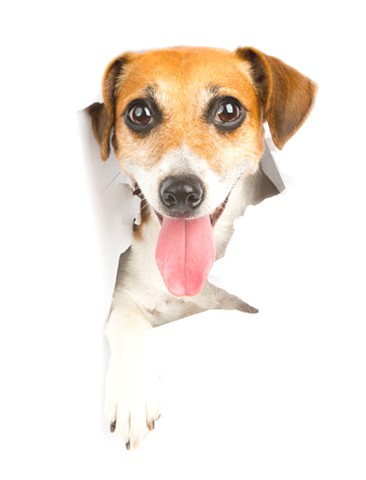Fear of thunderstorms is a common problem in both puppies and adult dogs and can range in severity from quite mild to really extreme. Signs of mild fear and anxiety in response to thunderstorms include occasional barking, pacing and not settling. Whereas signs of more severe fear of thunderstorms include cowering, excessive barking, whining, howling, shaking, panting, sweaty paws, dilated pupils, loss of appetite, hiding and attempting escape.
Why are some dogs scared of thunder?
A fear of loud and unusual noises, including thunder, is a normal survival response in all animals, including humans. Thunder can be really loud and usually coincides with heavy rain, lightning and strong wind. The main reasons why dogs are scared of thunder and lightening are:
- They’ve had a bad experience with a thunderstorm previously e.g. been stuck outside alone in a severe thunder storm
- They have not had an opportunity to habituate to thunder through repeated exposures to learn that storms happen and they need not be scared
How to help reduce fear of thunder storms in your dog
Even before you notice any fear in your puppy or adult dog in response to thunder, you can begin to create a positive association with thunderstorms.
To do this, play the sound of thunderstorms on your phone or computer at a low volume that your dog doesn’t show fear of.
At the same time you play the sound, feed your dog their favourite treats. Repeat this exercise many times and gradually increase the volume if your dog is not showing any fear. You can also play with your dog with their favourite toys while playing the sound of a storm.
You should also repeat this training during a real thunderstorm. Drawing the curtains and having white noise or the TV turned up loud can help drown out the sound of the thunder and lightning, making a thunderstorm a bit easier for your dog to tolerate.
Over time and with repetition your dog will learn that storms predict good things (treats & play) and will be less likely to be afraid.
However, if you try these steps and your dog is still fearful or anxious during thunderstorms it’s important to speak to a professional dog trainer or behaviourist who can assist and advise you what to do.







